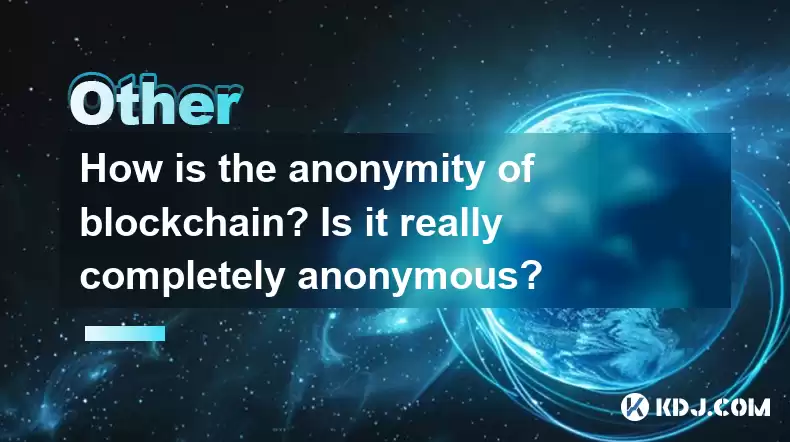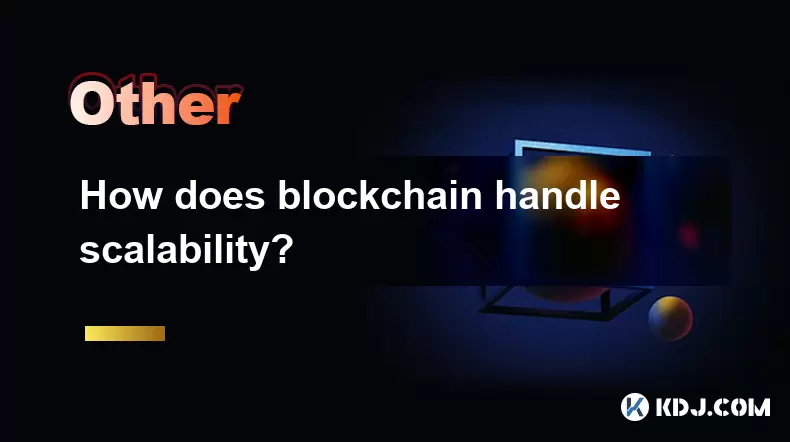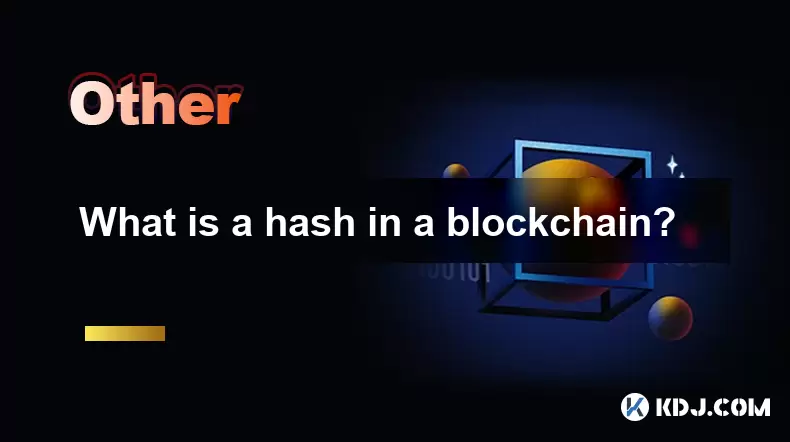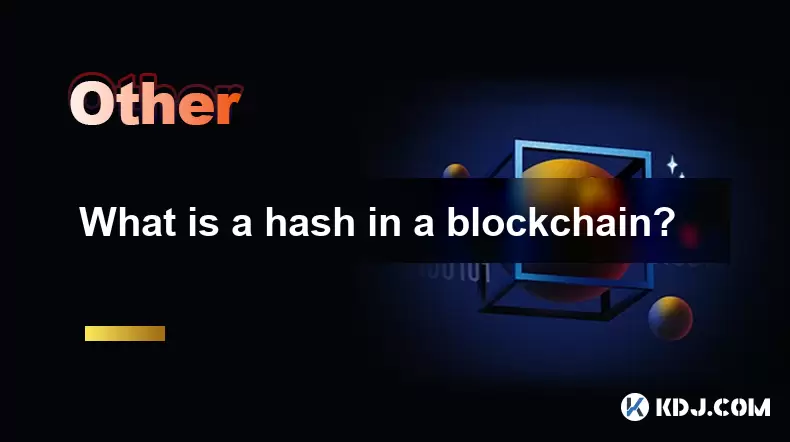-
 Bitcoin
Bitcoin $113900
-1.39% -
 Ethereum
Ethereum $3517
-4.15% -
 XRP
XRP $3.009
1.59% -
 Tether USDt
Tether USDt $0.9997
-0.04% -
 BNB
BNB $766.8
-1.41% -
 Solana
Solana $164.6
-2.38% -
 USDC
USDC $0.9998
-0.02% -
 TRON
TRON $0.3277
0.65% -
 Dogecoin
Dogecoin $0.2023
-1.67% -
 Cardano
Cardano $0.7246
0.05% -
 Hyperliquid
Hyperliquid $38.27
-4.77% -
 Sui
Sui $3.528
-0.52% -
 Stellar
Stellar $0.3890
-0.73% -
 Chainlink
Chainlink $16.16
-2.69% -
 Bitcoin Cash
Bitcoin Cash $539.9
-4.38% -
 Hedera
Hedera $0.2425
-2.00% -
 Avalanche
Avalanche $21.71
-0.97% -
 Toncoin
Toncoin $3.662
5.73% -
 Ethena USDe
Ethena USDe $1.000
-0.02% -
 UNUS SED LEO
UNUS SED LEO $8.964
0.35% -
 Litecoin
Litecoin $107.7
2.33% -
 Shiba Inu
Shiba Inu $0.00001223
-0.40% -
 Polkadot
Polkadot $3.617
-0.97% -
 Uniswap
Uniswap $9.052
-2.49% -
 Monero
Monero $295.1
-3.79% -
 Dai
Dai $0.9999
0.00% -
 Bitget Token
Bitget Token $4.315
-1.85% -
 Pepe
Pepe $0.00001060
0.11% -
 Cronos
Cronos $0.1342
-2.72% -
 Aave
Aave $256.0
-0.87%
How is the anonymity of blockchain? Is it really completely anonymous?
Blockchain offers pseudonymous transactions, but achieving true anonymity is challenging due to advanced tracing techniques and regulatory requirements.
Apr 29, 2025 at 04:00 am

Introduction to Blockchain Anonymity
The concept of anonymity in blockchain technology is a subject of much debate and interest within the cryptocurrency community. Blockchain, by its very nature, is designed to provide a certain level of privacy and security through its decentralized and distributed ledger system. However, the question remains: is it truly anonymous? This article delves into the intricacies of blockchain anonymity, exploring its mechanisms, limitations, and real-world implications.
Understanding Blockchain Basics
To understand the anonymity of blockchain, it's essential to grasp its fundamental workings. Blockchain is a chain of blocks that contain transaction data. Each block is linked to the previous one through cryptographic hashes, creating an immutable record. In the context of cryptocurrencies like Bitcoin, these transactions are recorded on the public ledger, accessible to anyone. However, the identities of the transacting parties are not directly linked to their real-world identities; instead, they are represented by pseudonymous addresses.
Pseudonymity vs. Anonymity
The terms pseudonymity and anonymity are often used interchangeably, but they have distinct differences. Pseudonymity in blockchain refers to the use of pseudonyms (public keys or addresses) instead of real names. While this provides a layer of privacy, it does not guarantee complete anonymity. For instance, if a user's real identity is linked to a particular address through a transaction with a known entity, their subsequent transactions can be traced. Anonymity, on the other hand, would mean that no one could link any transaction to a specific individual.
Mechanisms Enhancing Anonymity in Blockchain
Several mechanisms have been developed to enhance the anonymity of blockchain transactions. One notable example is mixing services or tumblers. These services mix multiple users' coins, making it difficult to trace the origin of any specific coin. Another approach is the use of privacy-focused cryptocurrencies like Monero and Zcash. Monero uses ring signatures to obscure the true signer of a transaction, while Zcash employs zero-knowledge proofs to allow transactions to be verified without revealing the sender, receiver, or amount.
Limitations and Challenges of Blockchain Anonymity
Despite these advancements, achieving complete anonymity on the blockchain remains challenging. Blockchain analysis firms like Chainalysis and Elliptic have developed sophisticated tools to trace transactions and identify users. These firms use techniques such as clustering to group addresses that are likely controlled by the same entity and taint analysis to track the flow of funds. Additionally, regulatory requirements in many jurisdictions compel cryptocurrency exchanges to implement Know Your Customer (KYC) and Anti-Money Laundering (AML) policies, which can link real-world identities to blockchain addresses.
Real-World Implications of Blockchain Anonymity
The level of anonymity provided by blockchain has significant real-world implications. For individuals and businesses seeking privacy, the ability to transact without revealing their identities can be beneficial. However, this same feature can be exploited for illicit activities such as money laundering, terrorism financing, and darknet markets. Law enforcement agencies and regulators are thus faced with the challenge of balancing privacy with the need to prevent illegal activities. The ongoing debate over the right to privacy versus the need for security continues to shape the development and regulation of blockchain technologies.
Enhancing Anonymity: Best Practices
For users who wish to enhance their anonymity on the blockchain, several best practices can be followed:
- Use multiple addresses: Instead of reusing the same address for all transactions, generate a new address for each transaction. This makes it harder for observers to link transactions to a single entity.
- Leverage mixing services: Utilize reputable mixing services to break the link between your incoming and outgoing transactions.
- Opt for privacy-focused cryptocurrencies: Consider using cryptocurrencies like Monero or Zcash, which are designed with privacy in mind.
- Avoid linking to personal information: Do not associate your blockchain addresses with your real-world identity, such as through social media or public forums.
- Use VPNs and Tor: When accessing blockchain services, use Virtual Private Networks (VPNs) or the Tor network to mask your IP address and enhance your online privacy.
Frequently Asked Questions
Q: Can blockchain transactions be completely anonymous?
A: While certain cryptocurrencies and techniques can enhance anonymity, no blockchain system can guarantee complete anonymity due to the public nature of the ledger and the potential for advanced analysis techniques to trace transactions.
Q: How do blockchain analysis firms trace transactions?
A: Blockchain analysis firms use various methods such as clustering, taint analysis, and machine learning algorithms to identify patterns and link transactions to real-world entities.
Q: Are there legal risks associated with using mixing services?
A: Yes, using mixing services can be risky, as some jurisdictions may view them as tools for money laundering. Users should be aware of the legal implications and regulatory environment in their region.
Q: Can privacy-focused cryptocurrencies like Monero be traced?
A: While Monero and similar cryptocurrencies are designed to be more private, advanced techniques and potential vulnerabilities may still allow for some level of tracing under certain conditions.
Disclaimer:info@kdj.com
The information provided is not trading advice. kdj.com does not assume any responsibility for any investments made based on the information provided in this article. Cryptocurrencies are highly volatile and it is highly recommended that you invest with caution after thorough research!
If you believe that the content used on this website infringes your copyright, please contact us immediately (info@kdj.com) and we will delete it promptly.
- DeFi Token Summer Gains: Is Mutuum Finance the Real Deal?
- 2025-08-02 18:30:12
- Bitcoin, Realized Price, and the Top: Are We There Yet?
- 2025-08-02 18:30:12
- Dogwifhat (WIF) Rally: Will the Meme Coin Bite Back?
- 2025-08-02 19:10:12
- PayFi Heats Up: Tron's AMA Recap & TRX's Bullish Nasdaq Debut
- 2025-08-02 19:10:12
- ARK Invest, Coinbase, and BitMine: Decoding the Crypto Investment Shuffle
- 2025-08-02 19:15:23
- JasmyCoin Under Pressure: Bears Grip Tight, Testing Lower Support
- 2025-08-02 19:15:23
Related knowledge

What is the difference between on-chain and off-chain transactions?
Aug 02,2025 at 04:22pm
Understanding On-Chain TransactionsOn-chain transactions refer to digital asset transfers that are recorded directly on a blockchain ledger. These tra...

What is the double-spending problem and how does blockchain prevent it?
Aug 02,2025 at 01:07pm
Understanding the Double-Spending ProblemThe double-spending problem is a fundamental challenge in digital currency systems where the same digital tok...

What is the difference between a blockchain and a database?
Aug 01,2025 at 09:36pm
Understanding the Core Structure of a BlockchainA blockchain is a decentralized digital ledger that records data in a series of immutable blocks linke...

How does blockchain handle scalability?
Aug 02,2025 at 02:58pm
Understanding Blockchain Scalability ChallengesBlockchain scalability refers to a network's ability to handle an increasing volume of transactions wit...

What is a hash in a blockchain?
Aug 02,2025 at 05:28am
Understanding the Concept of Hash in BlockchainA hash in the context of blockchain technology refers to a unique digital fingerprint generated by a cr...

What is a hash in a blockchain?
Aug 02,2025 at 04:43am
Understanding the Concept of Hash in BlockchainA hash in the context of blockchain technology refers to a unique digital fingerprint generated by a cr...

What is the difference between on-chain and off-chain transactions?
Aug 02,2025 at 04:22pm
Understanding On-Chain TransactionsOn-chain transactions refer to digital asset transfers that are recorded directly on a blockchain ledger. These tra...

What is the double-spending problem and how does blockchain prevent it?
Aug 02,2025 at 01:07pm
Understanding the Double-Spending ProblemThe double-spending problem is a fundamental challenge in digital currency systems where the same digital tok...

What is the difference between a blockchain and a database?
Aug 01,2025 at 09:36pm
Understanding the Core Structure of a BlockchainA blockchain is a decentralized digital ledger that records data in a series of immutable blocks linke...

How does blockchain handle scalability?
Aug 02,2025 at 02:58pm
Understanding Blockchain Scalability ChallengesBlockchain scalability refers to a network's ability to handle an increasing volume of transactions wit...

What is a hash in a blockchain?
Aug 02,2025 at 05:28am
Understanding the Concept of Hash in BlockchainA hash in the context of blockchain technology refers to a unique digital fingerprint generated by a cr...

What is a hash in a blockchain?
Aug 02,2025 at 04:43am
Understanding the Concept of Hash in BlockchainA hash in the context of blockchain technology refers to a unique digital fingerprint generated by a cr...
See all articles

























































































